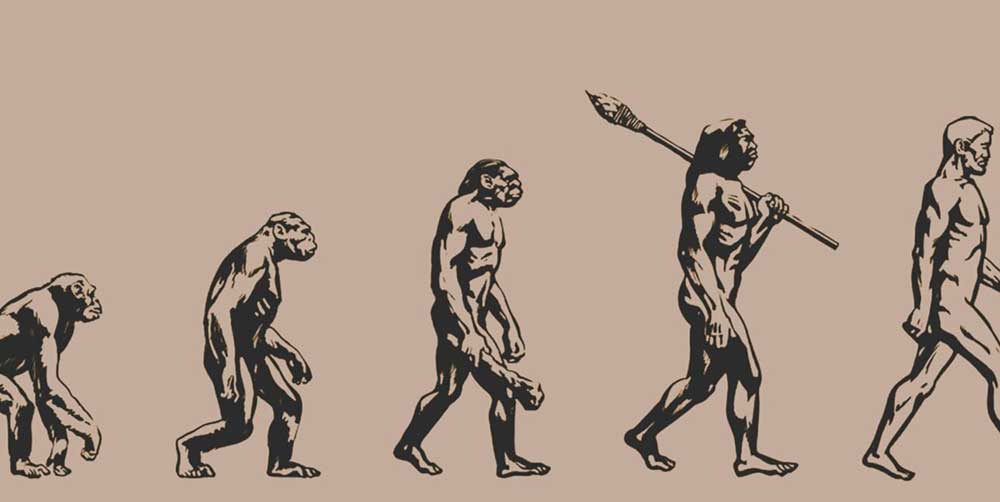Evolutionof humans and the loss of their tails;How humans lost their tails
The evolution of humans and the loss of their tails is a fascinating journey through the annals of evolutionary history. Our distant ancestors, like many other mammals, once possessed tails that served various functions. However, over millions of years, as our species adapted to different environments and ways of life, the tail gradually diminished and eventually disappeared. The story of how humans lost their tails is a complex narrative intertwined with the forces of natural selection, environmental changes, and the quest for survival.
The tails of early primates were essential tools for balance and mobility in trees. These prehistoric creatures relied heavily on the arboreal environment, using their tails to navigate through branches and maintain stability. The adaptation of grasping hands and opposable thumbs was another crucial development during this period, as it allowed these primates to manipulate objects and secure their grip on branches with greater precision.
As our ancestors began to explore a more terrestrial lifestyle, the need for a robust tail diminished. Walking on two legs became a dominant mode of locomotion, freeing the hands for other tasks like tool use and carrying objects. The upright posture allowed early hominins to cover longer distances, see over tall grasses, and spot potential predators or prey. Gradually, the tail became less crucial for maintaining balance, and the evolutionary pressure to retain this appendage decreased.
The emergence of bipedalism marked a significant turning point in human evolution. Walking on two legs offered numerous advantages, such as improved visibility, energy efficiency, and the ability to carry objects while moving. These advantages likely outweighed the benefits of having a tail for our early ancestors. Natural selection favored those with traits that enhanced survival and reproduction, and bipedalism became a defining feature of hominins.
The transition from a tailed to tailless state wasn’t abrupt; rather, it was a gradual process spanning millions of years. Fossil evidence reveals the gradual reduction in tail length among hominins. Species like Ardipithecus ramidus and Australopithecus afarensis, dating back to around 4 to 7 million years ago, display tailbone structures that indicate a diminishing tail. Over time, these ancestral hominins evolved into early members of the Homo genus, like Homo erectus, who exhibited a more pronounced reduction in tail length.
The process of losing the tail was likely influenced by various environmental factors. The savannah environments that early hominins inhabited posed different challenges than the dense forests of their primate ancestors. Navigating open landscapes and adapting to a changing climate favored traits such as increased endurance, efficient heat dissipation, and the ability to spot predators or prey from a distance—features associated with bipedalism and a reduced tail.
While the evolutionary benefits of losing the tail are evident, vestiges of this ancient appendage still remain in the form of the coccyx or tailbone in humans. The coccyx is a remnant of the tail that serves as an attachment site for muscles and ligaments. Its reduced size and limited functionality are testament to the long and intricate journey of tail loss in human evolution.
In conclusion, the loss of tails in humans is a result of a complex interplay between environmental changes, the advantages of bipedalism, and the evolving needs of our ancestors. Over millions of years, natural selection favored hominins with traits that enhanced their survival and reproductive success, leading to the gradual reduction and eventual disappearance of the tail. The transition from tree-dwelling primates to bipedal hominins shaped the course of human evolution, and while the tail is no longer a physical feature, its legacy endures in the form of the coccyx—a subtle reminder of our distant ancestry.





